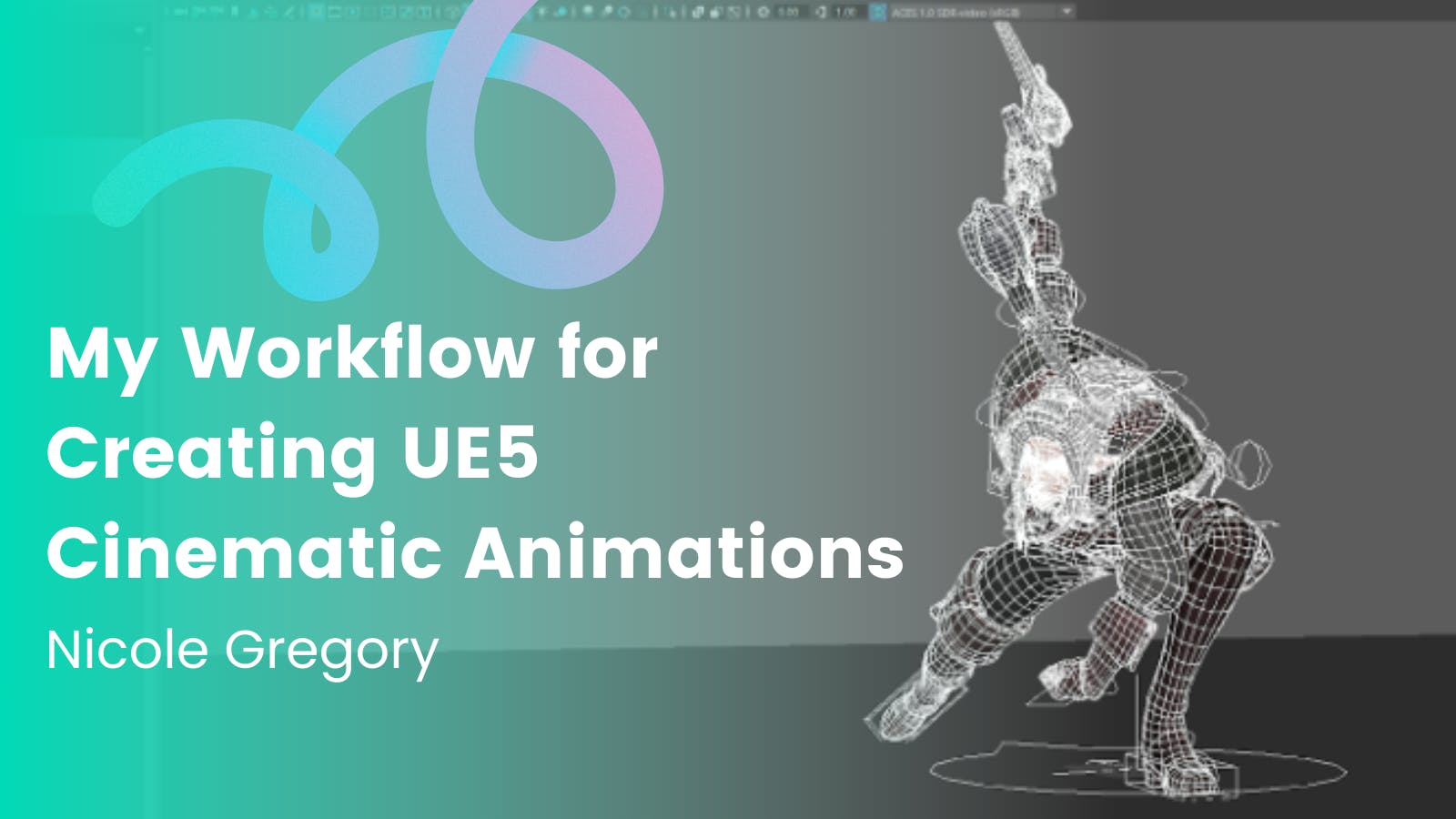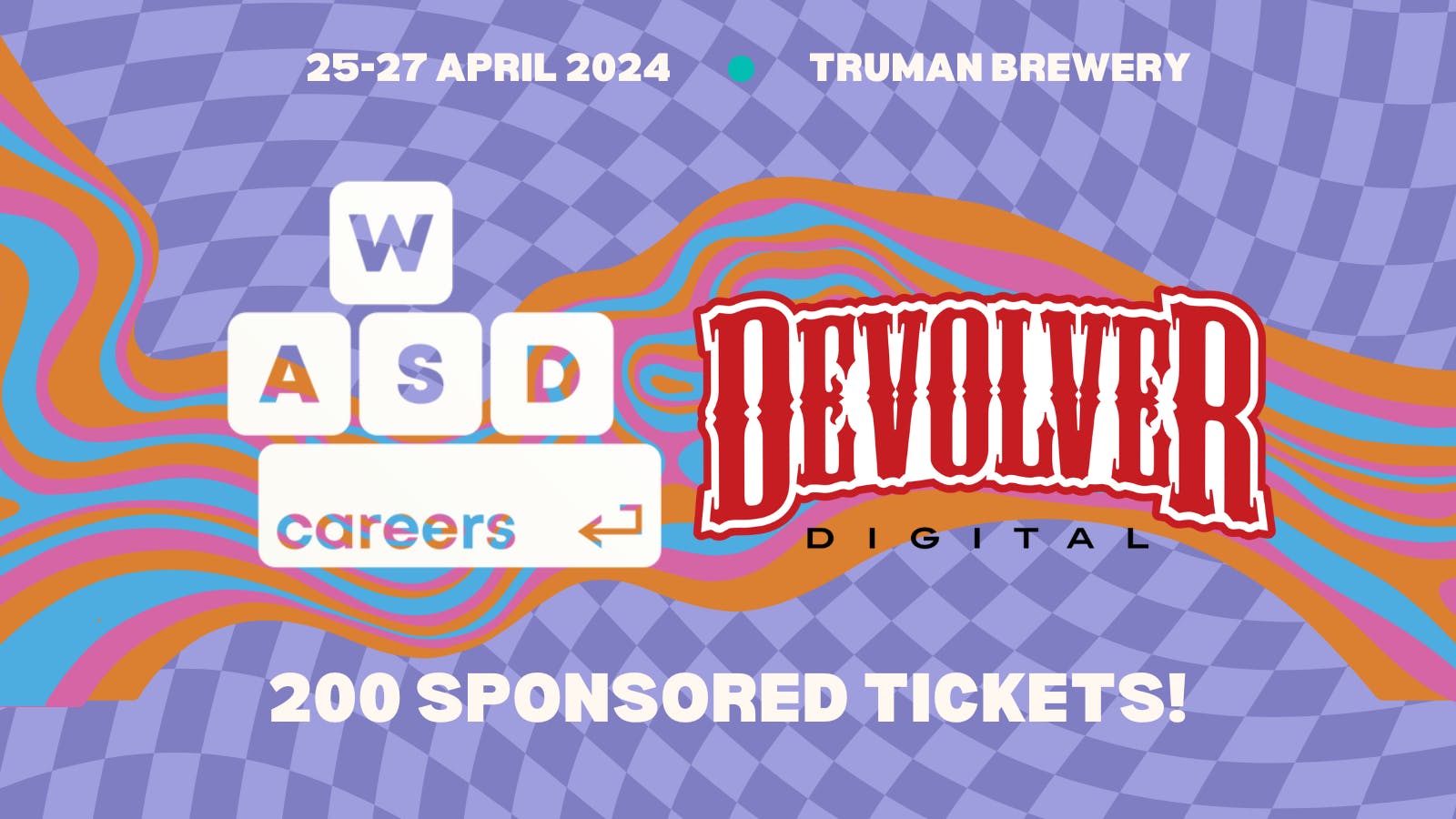YOUR LEARNING JOURNEY
Many Environment Artists have a degree, which provides professional development and a recognised qualification to employers. However, there are many available pathways and all people working in games claim a unique journey. Above all, you will need to demonstrate passion and skills in your chosen field. For this job role, you should be someone who loves drawing, has an eye for detail and likes working in a team.
As a professional, you’ll be bringing to life concept art by using a range of tools that may include Blender, Maya and ZBrush, as well as game design programs (engines) like Unity and Unreal. We recommend using our tool picker to help you choose the right ones for your current level and purpose.
Working in the games industry is highly competitive and you’ll need to make sure your portfolio (a collection of your best work) stands out to employers and course leaders.
Environment art falls into two main categories: objects, which are called “props” or “assets”; and building levels. It only takes a very quick look to notice that different games have very different styles, and you may find that you naturally gravitate to one style over another (for example, “realistic” as opposed to “hand-painted”). Don’t feel like you have to be brilliant at everything if you don’t enjoy it. The most important thing is that your work convincingly reflects your chosen style, and you’ll do this through using appropriate materials, textures and lighting, in addition to well-defined models and carefully composed scenes. For more ideas, see our top tips page on building your portfolio.
Whatever role you are working in, it is essential that you understand the game making process. You can head to our build a game section for first steps, join a regular game jam to build up your skills & network, or start modding others games to gain experience.



.png?ixlib=gatsbyFP&auto=compress%2Cformat&fit=max&w=1600&h=900)


.png?ixlib=gatsbyFP&auto=compress%2Cformat&fit=max&w=1600&h=900)
.png?ixlib=gatsbyFP&auto=compress%2Cformat&fit=max&w=1600&h=900)